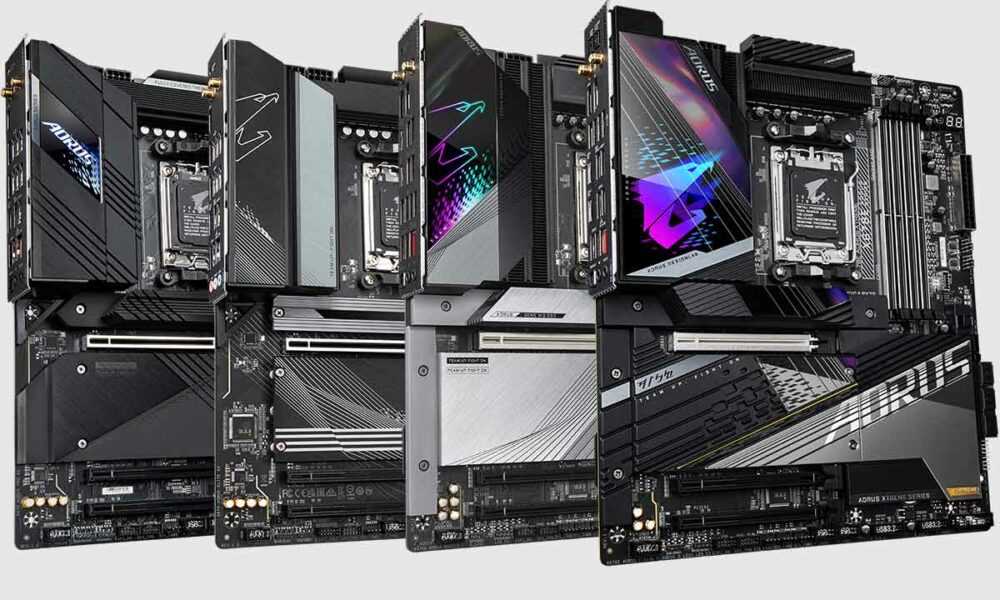
Researchers have created a transistor capable of operating artificial intelligence locally, without sending data to the Cloud. Result: tasks require almost 100% less energy.

Systems based onartificial intelligence such as ChatGPT or Bard have many points in common. If many are positive, we could do without one of them: the very high energy consumption. AI also requires so much electricity to operate that we are beginning to fear water shortages in certain cities. Reducing energy needs is therefore a priority to counter the growing impact of this technology on the environment.
The engineers of theNorthwestern University in Illinois in the United States have developed a revolutionary component. A transistor which allows artificial intelligence to work with only 1% of the energy currently needed. To achieve this feat, tasks are performed locally, from the device. Mark C. Hersam, one of the authors of the work, recalls that today, “most sensors collect data and then send it to the Cloud, where the analysis takes place on very energy-intensive servers before before the results are returned to the user”.
New component powers artificial intelligence with 99% less energy
The transistor created by the teams does not use silicone as is the case in the majority, but molybdenum disulfide and carbon nanotubes. Without going into details, this reduces energy consumption by 99% when an analysis is requested from the onboard AI. As a test, the researchers asked the system to analyze 10,000 electrocardiograms publicly available and classify heartbeats according to 6 distinct types. The results are accurate 95%.
In addition to drastically reducing the energy required, local analysis saves time and strengthens data security. “Every time data passes through, it increases the possibility that it will be stolen,” recalls Hersam. He and his team are already imagining transistors equipping common connected objects such as watches where the bracelets. Each would be configured according to its owner’s personal health data for real-time applications fast, secure and especially energy efficient.
Source : Northwestern Now



